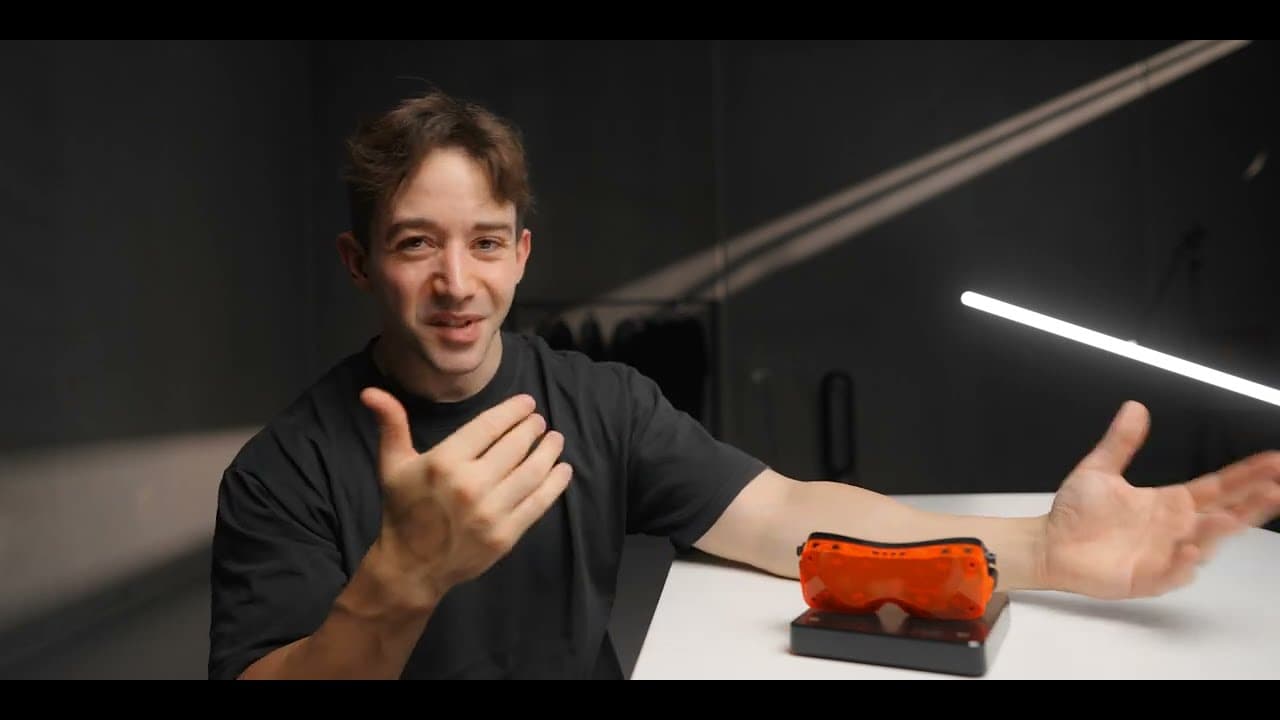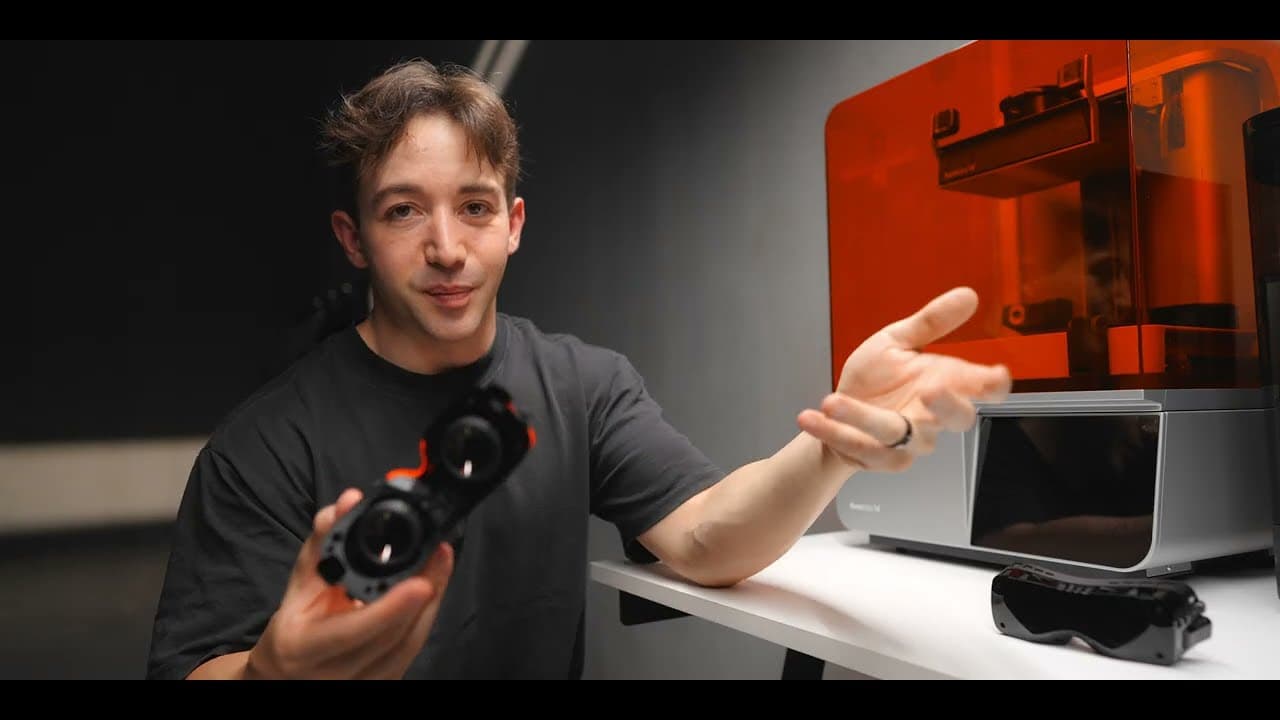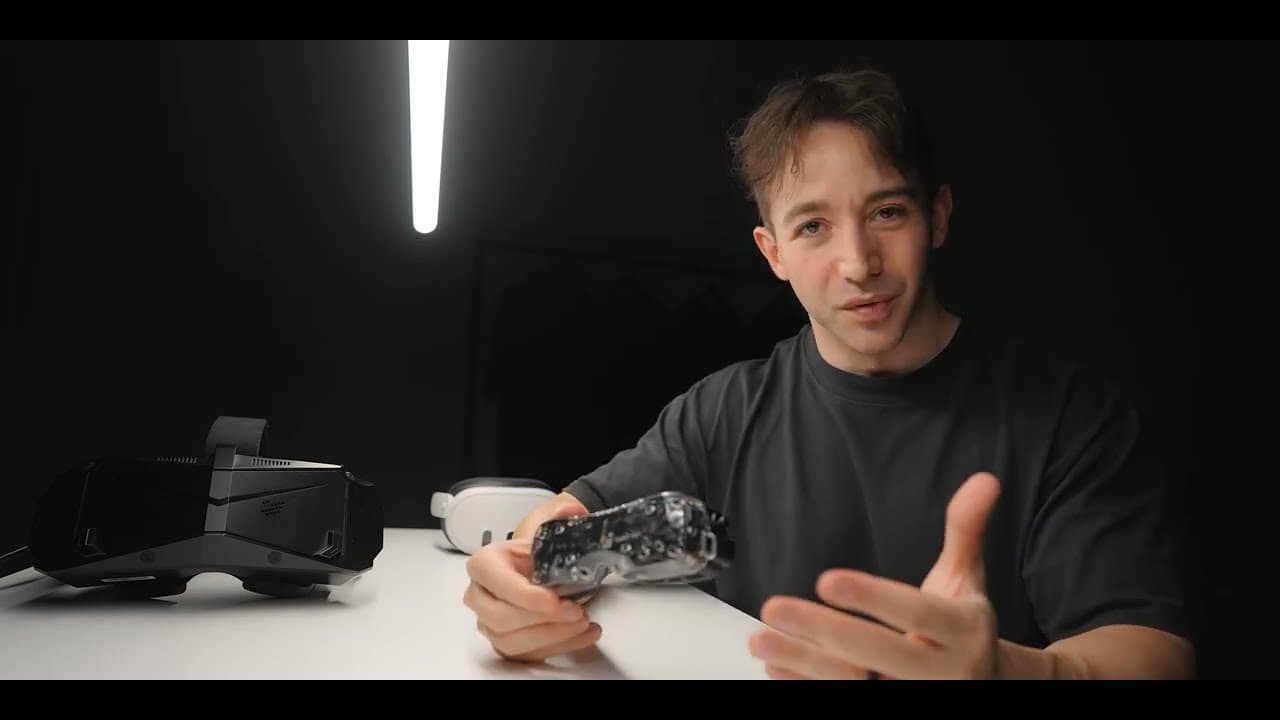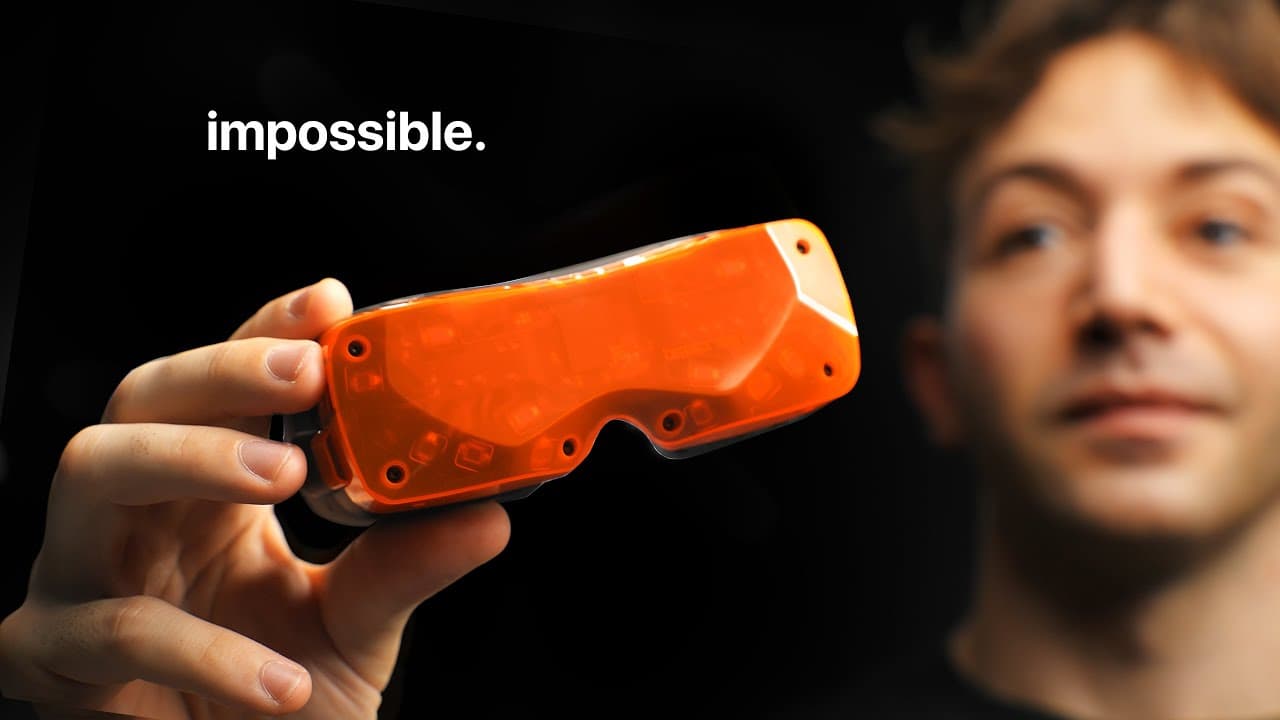As a VR enthusiast, I've delved into the world of high-end headsets for PC gaming, where cutting-edge features promise immersive experiences but come with trade-offs in weight and optics. This exploration reveals surprising advancements that could transform your gaming sessions, making comfort and clarity key to unlocking true immersion.
TL;DR
I discovered that peak PC gaming in VR, like racing sims, still needs tweaks for perfection despite strong contenders.
Comparing headsets such as Quest 3 and Pimax Crystal Light highlights superior lenses and contrast, sparking curiosity about trade-offs.
The Big Screen Beyond 2 emerges as a lightweight wonder with adjustable features, offering a surprising leap in optical quality.
Even without spec upgrades, its lenses deliver mind-blowing clarity, hinting at how small changes can enhance long sessions immensely.
Ultimately, this headset redefines immersion for racing sims, leaving me eager to see what's next in VR evolution.
I still think that peak PC gaming comes alive in VR setups like a Corsair racing sim, but there's always room for improvement. For instance, the Quest 3 boasts some of the best lenses I've tried, yet it suffers from a low-contrast LCD panel that dims the experience. In contrast, the Pimax Crystal Light delivers exceptional contrast with its MiniLED panels and an impressive audio system, though its weight—over a kilogram—can be a drawback during extended use.

Then there's the Big Screen Beyond 1, which is incredibly light and comfortable with its OLED panels, but its lenses lose focus toward the edges, breaking immersion. The Big Screen Beyond 2, however, looks like it's from a sci-fi film with its nuclear orange design and unique pink fluorescent tint, making it one of the coolest headsets on the market. I was surprised by its adjustable IPD, which uses a tool to mechanically align the lenses, fixing the issues of the original model where IPD was fixed based on a face scan.
This new version is even lighter at just 110 grams for the goggles alone, and fully assembled, it's only 270 grams—far less than half the weight of a Quest 3. For stationary activities like my racing sims, the weight doesn't bother me much, but for active games, it's a game-changer. The Pimax Crystal offers higher resolution and refresh rates, like 2880x2880 per eye at 120 Hz, which blows my mind, but the Big Screen Beyond 2 holds its own with consistent optics.

Despite using the same micro OLED displays as its predecessor—2560x2560 resolution per eye at up to 90 Hz—the Big Screen Beyond 2's lenses are a massive upgrade. They provide the clearest, most comfortable view I've experienced, with less chromatic aberration across the entire field of view compared to the Quest 3. When I ran back-to-back tests, the difference was striking; the lenses are wider and more immersive, making details in games like a 992 GT3 RS mod in Assetto Corsa pop vividly.
This headset stays planted on my face, minimizing shifts that could blur focus, unlike bulkier options like the Pimax Crystal. I prefer the 75 Hz mode for its higher resolution, reducing aliasing in shadows and fences, which makes everything feel more real. The audio strap is decent too, offering clean sound without extra cables, though it's not as robust as some competitors.

Imperfect lenses have long been a frustration in VR, rendering high specs meaningless if clarity suffers. The Big Screen Beyond 2 masters this with near-perfect optics, allowing me to game for hours without eye fatigue. It makes larger headsets seem outdated, paving the way for future models with even higher resolution and refresh rates, plus a truly edge-to-edge field of view at 116 degrees diagonally.
In the end, this experience has reinforced how far VR has come, with the Big Screen Beyond 2 setting a new standard that other brands must chase to keep up.
Key Takeaways
VR headsets like Pimax Crystal Light excel in contrast and specs but struggle with weight for long sessions.
The Big Screen Beyond 2's lightweight design and superior lenses provide unmatched comfort and clarity.
Adjustable IPD and minimal chromatic aberration make it ideal for immersive racing sims.
Despite no major spec increases, optical improvements outshine competitors like Quest 3.
Future VR advancements should focus on perfecting lenses to enhance overall gaming immersion.

